Introduction
Tungsten Carbide (WC) is a widely used refractory metal known for its exceptional hardness, wear resistance, and high melting point. It is composed of tungsten (W) and carbon (C) atoms, resulting in a chemical formula of WC. This compound belongs to a family of materials called refractory metals, characterized by their high resistance to heat and wear.
Chemical Composition and Crystal Structure
Tungsten carbide is typically produced by combining tungsten powder and carbon black in a high-temperature furnace. The resulting powder is then compacted and sintered to form solid tungsten carbide. The chemical composition of tungsten carbide can vary depending on the desired properties and applications. Commonly used compositions include WC-Co alloys, where cobalt (Co) is added as a binder to improve toughness and facilitate sintering.
The crystal structure of tungsten carbide is hexagonal, with each tungsten atom surrounded by six carbon atoms. This arrangement gives tungsten carbide its exceptional hardness and strength. The hardness of tungsten carbide is comparable to that of diamond, making it one of the hardest materials known to man.
Mechanical Properties of Tungsten Carbide
Tungsten carbide exhibits excellent mechanical properties, making it suitable for a wide range of applications. Its high hardness and wear resistance make it ideal for cutting tools, mining equipment, and wear parts. Tungsten carbide also has a high modulus of elasticity, which gives it exceptional stiffness and resistance to deformation.
In addition to hardness, tungsten carbide also has good compressive strength, high melting point, and low thermal expansion coefficient. These properties make it resistant to thermal and mechanical stresses, allowing it to withstand extreme operating conditions.
Sintering and Toughening Methods
The sintering process is crucial in the production of tungsten carbide. It involves heating the compacted powder at high temperatures to bond the particles together and form a solid material. Sintering is typically done in a controlled atmosphere to prevent oxidation and ensure uniform densification.
To improve the toughness of tungsten carbide, various toughening methods are employed. One such method is the addition of cobalt as a binder in WC-Co alloys. The cobalt acts as a ductile phase, which helps absorb and distribute stress, preventing cracks from propagating.
Applications and Industrial Significance
Tungsten carbide finds extensive use in a wide range of industries due to its exceptional properties. Some of its key applications include:
- Cutting tools: Tungsten carbide is widely used in the manufacturing of cutting tools such as drills, end mills, and inserts. Its hardness and wear resistance make it ideal for machining various materials, including steel, cast iron, and composites.
- Mining and drilling equipment: Tungsten carbide is used in the production of drill bits, mining picks, and other tools used in the mining and drilling industry. Its toughness and resistance to wear make it suitable for withstanding harsh conditions.
- Wear parts: Tungsten carbide is used in the production of wear parts, such as nozzles, valve seats, and pump components. Its high hardness and resistance to abrasion ensure long service life and reduced downtime.
- Industrial machinery: Tungsten carbide is utilized in various industrial machinery components, including bearings, seals, and bushings. Its high strength and wear resistance contribute to the overall performance and reliability of the equipment.
The industrial significance of tungsten carbide cannot be overstated. Its unique combination of properties makes it an indispensable material in many critical applications, contributing to the advancement of various industries.
Challenges and Future Outlook
While tungsten carbide offers exceptional properties, there are still challenges that researchers and manufacturers face. One such challenge is the development of binderless tungsten carbide, which eliminates the need for cobalt as a binder. This would reduce costs and improve the material’s performance in certain applications.
Another area of research is the improvement of sintering techniques to achieve higher density and better control over microstructure. This could lead to further enhancements in mechanical properties and expand the range of applications for tungsten carbide.
In conclusion, tungsten carbide is a remarkable material with a unique combination of properties. Its chemical composition, crystal structure, mechanical properties, and sintering methods contribute to its exceptional performance in various applications. The industrial significance of tungsten carbide cannot be overstated, and ongoing research and development efforts promise to enhance its properties further and expand its applications in the future.
